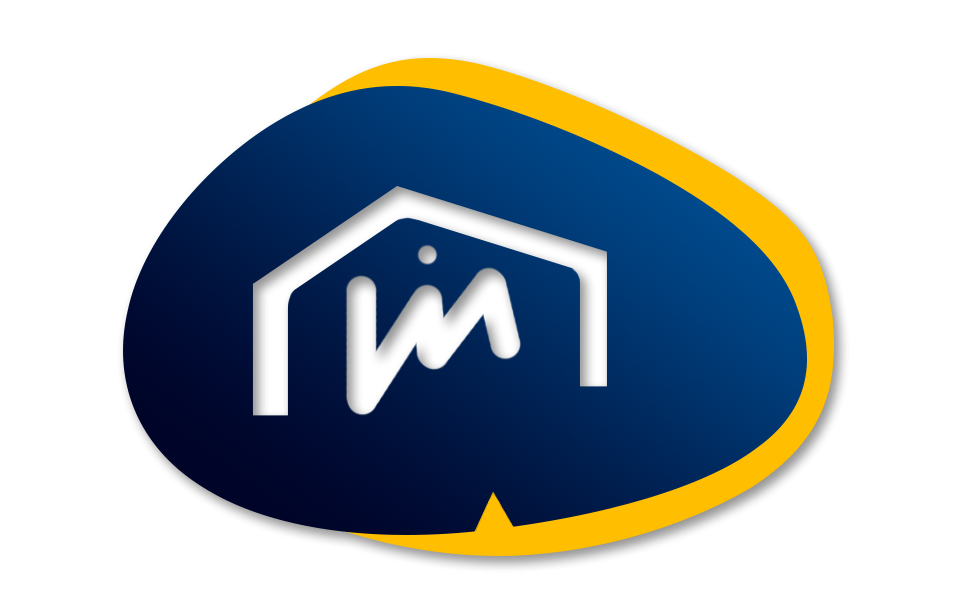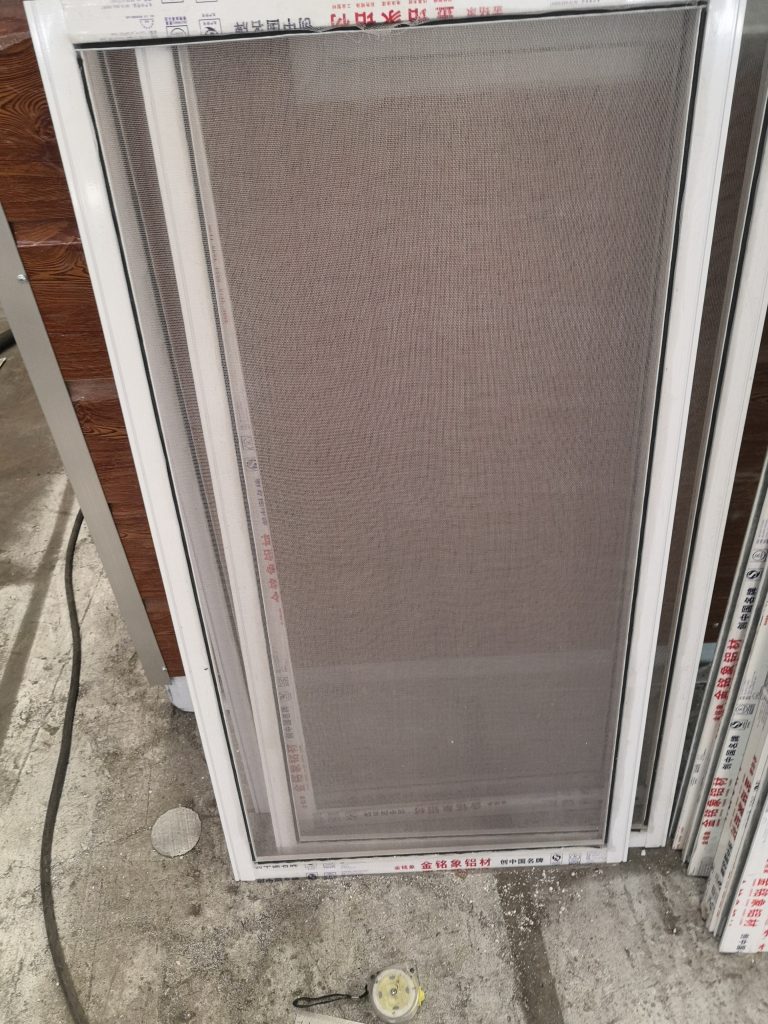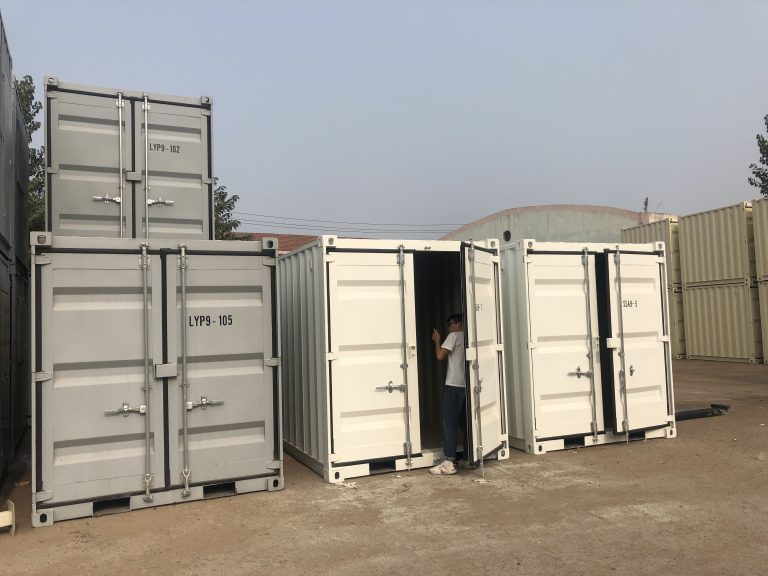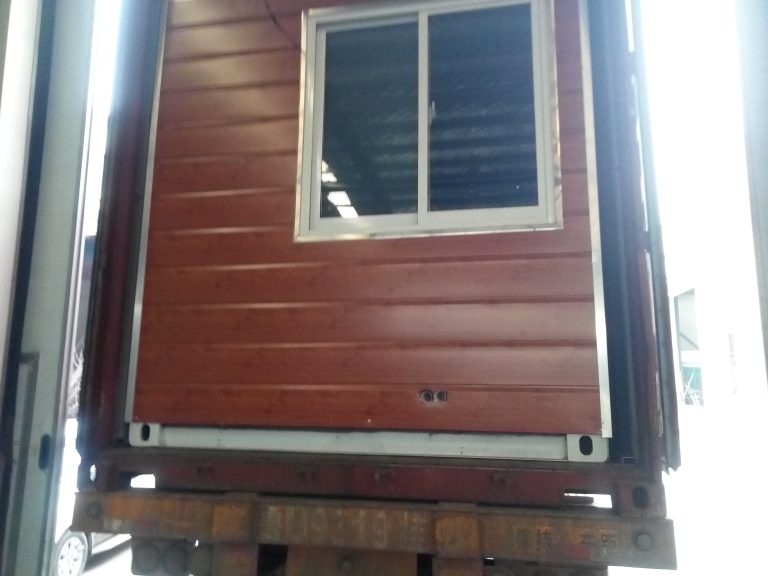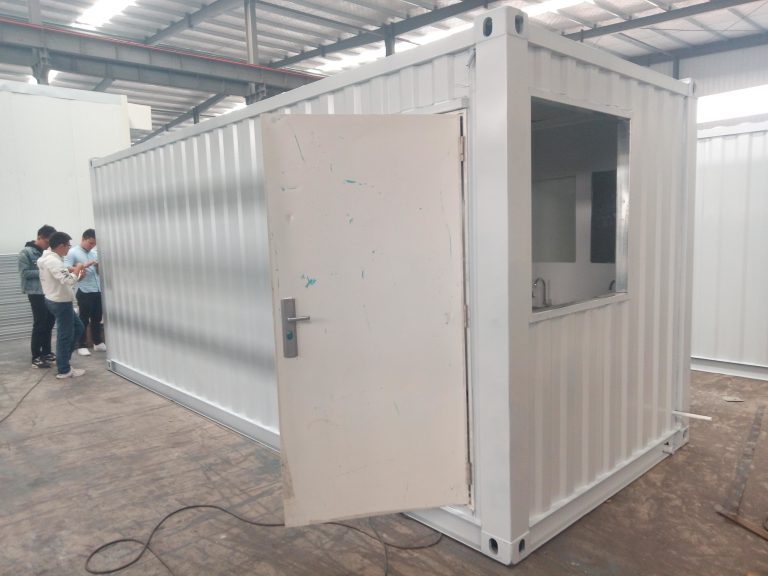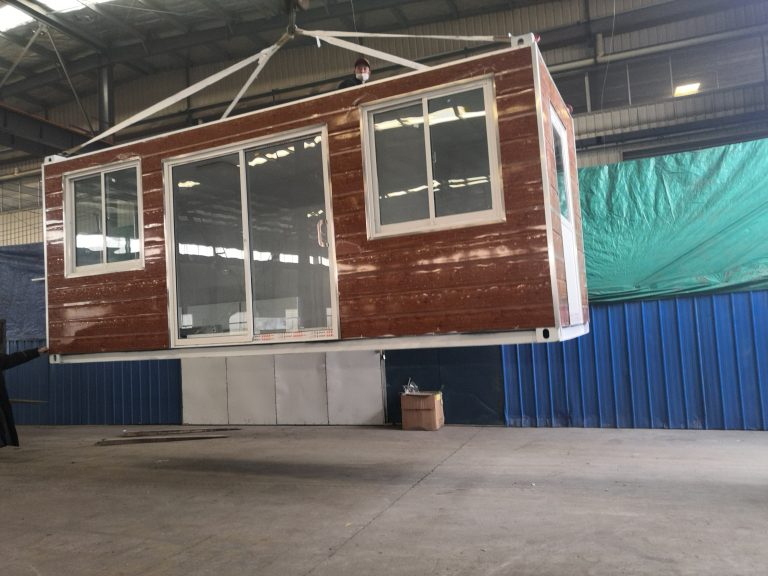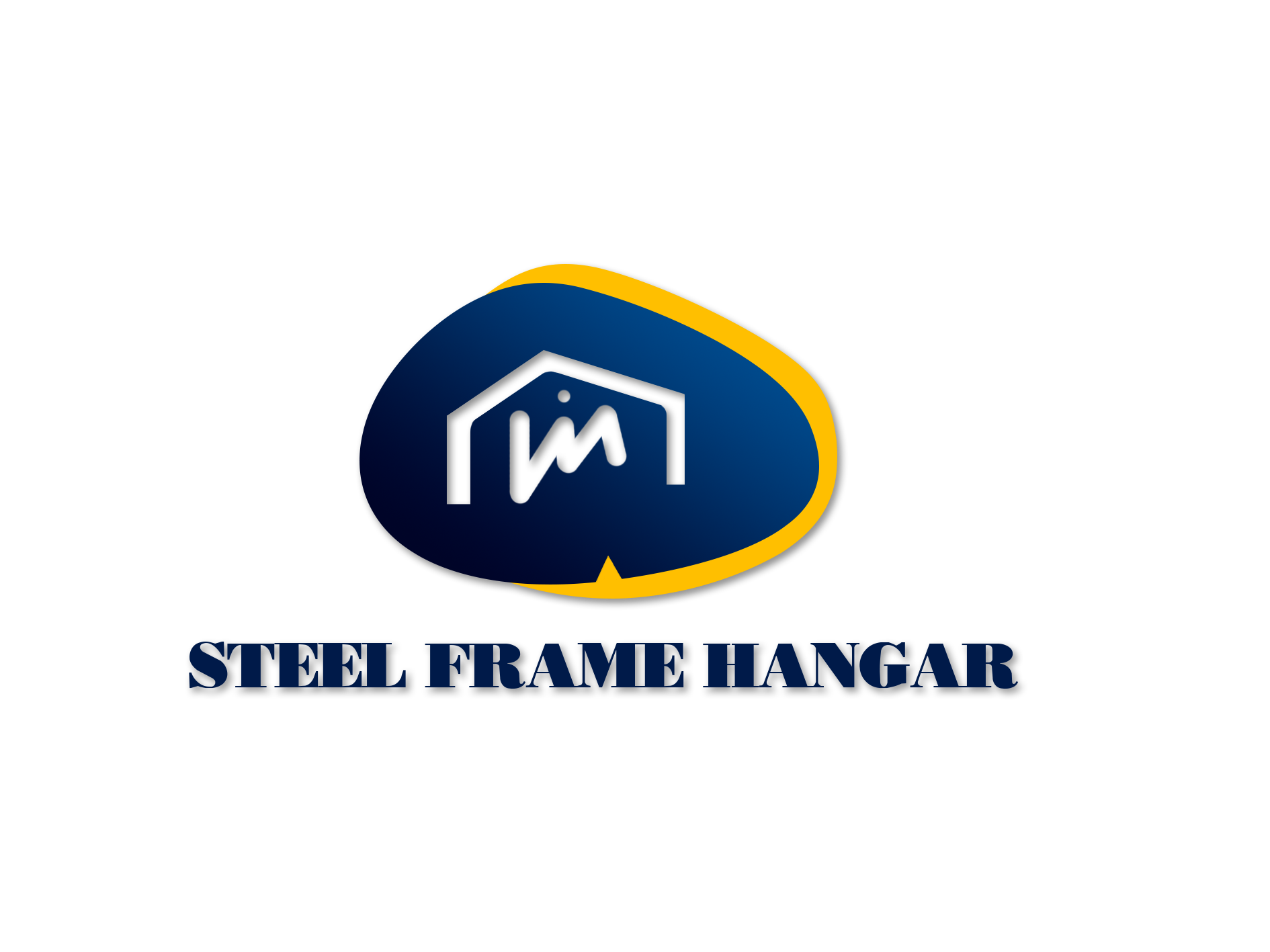The function of “strong column and weak beam” design principle in seismic design of steel structure is explained.
Table of Contents
Importance of Strong Column and Weak Beam Design Principle in Seismic Design of Steel Structures
In the field of structural engineering, the design of buildings and other structures to withstand seismic forces is of utmost importance. Earthquakes can cause significant damage to buildings, leading to loss of life and property. Therefore, engineers must carefully consider the seismic design of structures to ensure their safety and stability during an earthquake.
One important principle in seismic design is the “strong column and weak beam” design philosophy. This principle dictates that in a steel structure, the columns should be designed to be stronger and stiffer than the beams. This design approach helps to ensure that during an earthquake, the columns will remain intact and provide the necessary support to the structure, while the beams will be allowed to deform and dissipate energy.
The rationale behind the strong column and weak beam design principle lies in the behavior of steel structures under seismic loading. During an earthquake, the lateral forces acting on a building can cause it to sway back and forth. The columns, being the vertical elements of the structure, are primarily responsible for resisting these lateral forces. If the columns are not strong enough, they may fail under the seismic loads, leading to a collapse of the entire structure.
On the other hand, beams are horizontal elements that connect the columns and provide support to the floors and roof of a building. Beams are designed to be more flexible than columns, allowing them to deform and absorb energy during an earthquake. By allowing the beams to deform, the strong column and weak beam design principle helps to prevent the sudden and catastrophic failure of the structure.
Another benefit of the strong column and weak beam design philosophy is that it helps to control the distribution of forces within a structure during an earthquake. When the columns are designed to be stronger than the beams, they will attract a larger portion of the seismic forces, reducing the demands on the beams. This helps to prevent the concentration of forces in specific areas of the structure, which can lead to localized damage and potential collapse.

Furthermore, the strong column and weak beam design principle can also improve the overall ductility of a steel structure. Ductility refers to the ability of a material to deform plastically before failure. By allowing the beams to deform and dissipate energy during an earthquake, the structure becomes more ductile and can better withstand the seismic forces.
In conclusion, the strong column and weak beam design principle is a fundamental concept in the seismic design of steel structures. By ensuring that the columns are stronger and stiffer than the beams, engineers can improve the overall safety and stability of a building during an earthquake. This design approach helps to control the distribution of forces, improve ductility, and prevent catastrophic failure. As such, the strong column and weak beam design principle plays a crucial role in ensuring the resilience of steel structures in seismic-prone regions.
Case Studies Demonstrating the Effectiveness of Strong Column and Weak Beam Design Principle in Seismic Events
Steel structures are commonly used in construction due to their strength, durability, and flexibility. However, in regions prone to seismic activity, it is crucial to design these structures with specific principles in mind to ensure their safety and stability during earthquakes. One such principle is the “strong column and weak beam” design approach, which aims to enhance the overall performance of steel structures in seismic events.
The strong column and weak beam design principle is based on the concept that columns are more resistant to lateral forces than beams. Therefore, in the event of an earthquake, it is essential to ensure that the columns in a steel structure are stronger and stiffer than the beams. This design approach helps to prevent the failure of columns, which are critical load-bearing elements in a structure, and directs the seismic forces towards the beams, which are more easily repairable.
To illustrate the effectiveness of the strong column and weak beam design principle, let us consider a case study of a steel building in a seismic zone. During a moderate earthquake, the building experienced significant lateral forces that caused the beams to deform and crack. However, due to the strong column and weak beam design, the columns remained intact and provided the necessary support to prevent the collapse of the structure. This case study demonstrates how the design principle can help to mitigate the impact of seismic events on steel structures.
Another case study that highlights the importance of the strong column and weak beam design principle is a steel bridge in a seismic region. When subjected to a severe earthquake, the bridge experienced intense lateral forces that caused the beams to fail. However, the columns, which were designed to be stronger and stiffer than the beams, remained undamaged and prevented the collapse of the bridge. This case study underscores the critical role of columns in ensuring the stability and safety of steel structures during seismic events.
In addition to preventing the failure of columns, the strong column and weak beam design principle also helps to control the deformation of steel structures during earthquakes. By directing the seismic forces towards the beams, which are more ductile and can absorb energy through plastic deformation, the design approach reduces the likelihood of brittle failure in columns. This not only enhances the overall performance of steel structures in seismic events but also improves their resilience and ability to withstand repeated seismic loading.
Overall, the strong column and weak beam design principle is a fundamental concept in the seismic design of steel structures. By ensuring that columns are stronger and stiffer than beams, this design approach helps to prevent the failure of critical load-bearing elements and control the deformation of structures during earthquakes. Through case studies demonstrating the effectiveness of this design principle, it is evident that implementing strong column and weak beam design can significantly enhance the safety and stability of steel structures in seismic regions.
